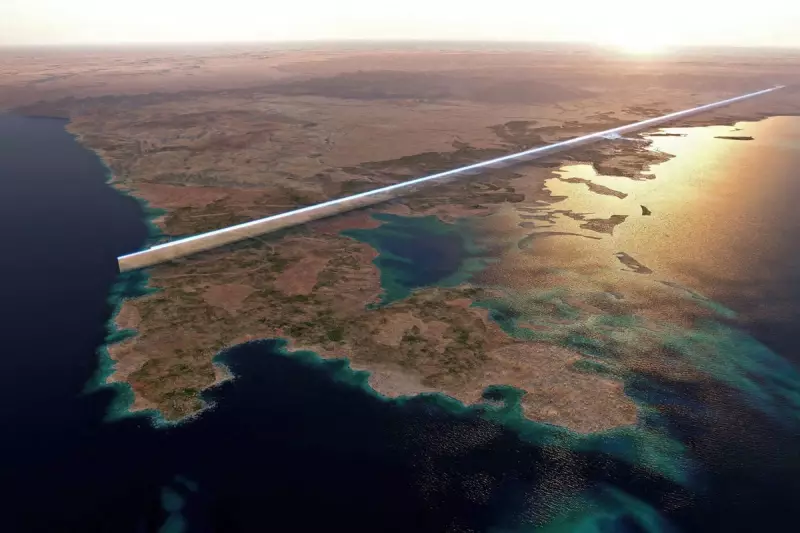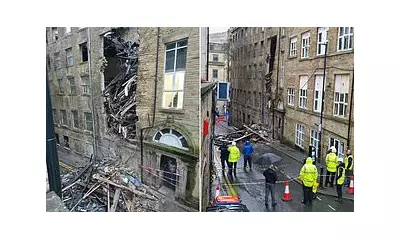
Saudi Arabia's ground-breaking vision for a 170-kilometer linear metropolis is undergoing a dramatic reality check, with plans for 'The Line' being significantly scaled back amid mounting financial pressures and practical challenges.
The Ambitious Original Vision
Conceived as the centrepiece of Crown Prince Mohammed bin Salman's $500 billion NEOM megaproject, The Line was envisioned as a revolutionary urban development stretching across the Saudi desert. The futuristic city promised to house nine million residents in twin parallel skyscrapers standing 500 meters tall and running 170 kilometres from the Red Sea coast into the desert.
The project captured global attention with its radical design philosophy: a car-free environment where residents would have all essential services within a five-minute walk and access to high-speed transit enabling end-to-end journeys in just 20 minutes.
Scaling Back to Reality
According to recent reports, Saudi authorities have been forced to confront the staggering financial and logistical realities of constructing such an unprecedented urban environment. The initial phase of The Line is now expected to accommodate just 300,000 residents by 2030 – a mere fraction of the original nine million target.
Insiders familiar with the project reveal that only 2.4 kilometres of the development will be completed by 2030, representing less than 2% of the originally planned length. This dramatic downsizing reflects the enormous challenges involved in realising such an ambitious vision within the current timeframe.
Financial Pressures Mount
The scaling back comes as Saudi Arabia faces increasing financial pressures related to its extensive Vision 2030 projects. With oil prices fluctuating and massive capital required across multiple giga-projects, practical considerations appear to be tempering the kingdom's architectural ambitions.
NEOM's overall budget has been a subject of intense speculation, with The Line alone estimated to require hundreds of billions of dollars. The project's unique linear design and advanced technological infrastructure presented unprecedented engineering challenges that may have proven more complex and costly than initially anticipated.
What Remains of the Vision?
Despite the significant scaling back, Saudi authorities remain committed to creating a revolutionary urban environment. The core principles of sustainability, walkability, and technological integration continue to guide the project, even in its reduced form.
The revised timeline pushes substantial completion well beyond the original 2030 target, acknowledging the immense practical challenges of building what would have been the largest construction project in human history. International observers and urban planning experts will be watching closely to see how this bold vision adapts to economic and engineering realities while maintaining its innovative spirit.





